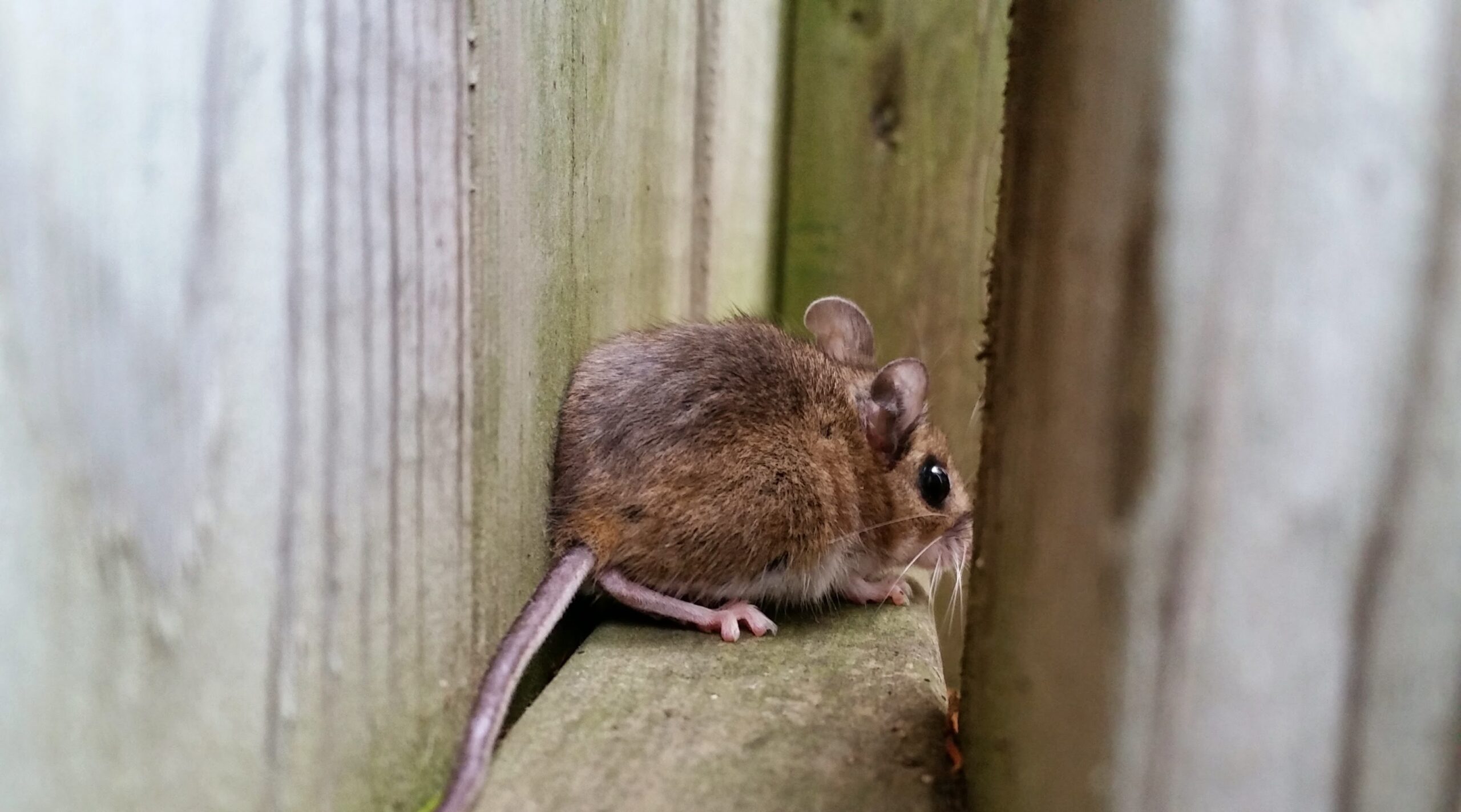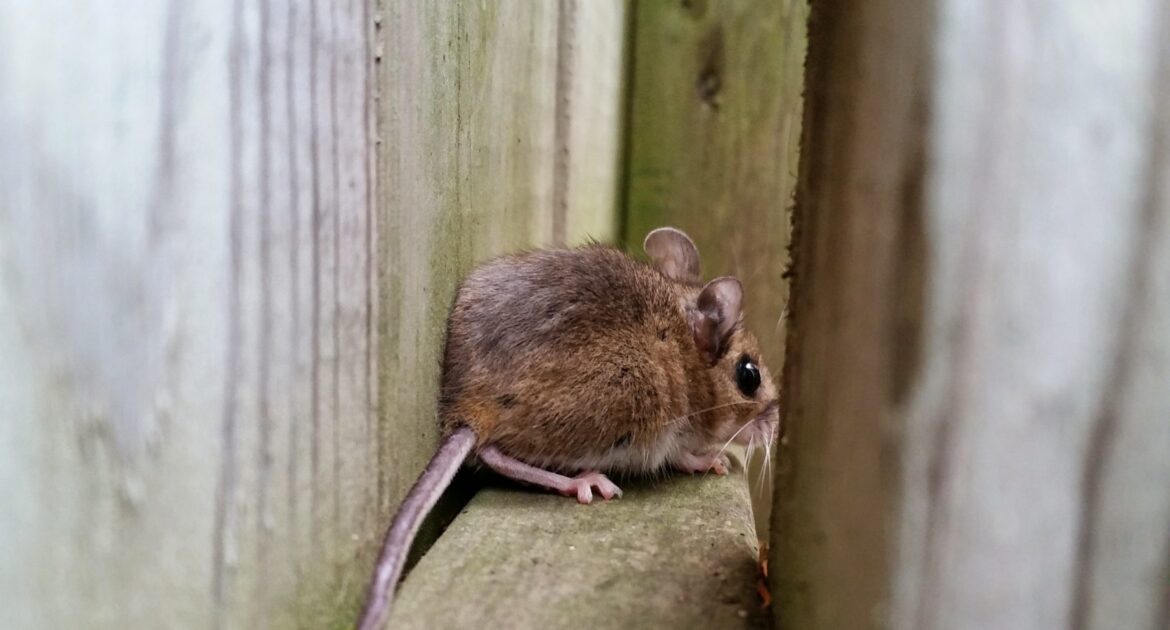Have you ever spotted a solitary mouse scurrying across your kitchen floor at night? If you’re like most Denver homeowners, you might wonder if that single mouse is just a random visitor or a sign of a more significant mouse infestation lurking within your walls. At Skedaddle Humane Wildlife Control, we’ve seen firsthand how easily a seemingly minor sighting can actually indicate a significant problem developing throughout your home.
Just as the majestic Rocky Mountains provide countless hiding places for wildlife, your Denver home offers mice numerous nooks and crannies to establish their colonies. Understanding the difference between a passing mouse and a full-blown infestation is crucial for protecting your home and family’s health. Let’s explore how to determine just how many mice might be sharing your home—and what to do about it.
Signs of Mouse Infestation: Beyond Just Sightings
When it comes to mouse infestation detection, visual confirmation is only the tip of the iceberg. For every mouse you see, there are likely many more that go unnoticed.
Droppings Tell the Tale
Mouse droppings are one of the most reliable indicators of infestation severity. These small, dark pellets, resembling black rice grains, can tell you a lot about your situation:
- Few scattered droppings: Might indicate a recent arrival or exploratory behavior.
- Numerous droppings in multiple locations: Suggests established pathways and multiple mice.
- Fresh and old droppings mixed together: Signals a long-term presence with multiple generations.
Location matters: Droppings concentrated in pantries, under sinks, along baseboards, and in attic insulation indicate regular mouse activity. The more widespread these droppings, the larger your infestation likely is.
Sounds That Signal Numbers
Mice are most active at night, and their sounds can help gauge population size:
- Occasional scratching: May indicate just a few mice.
- Regular scurrying in walls or ceilings: Suggests established pathways with multiple mice.
- Frequent squeaking and rustling: Often means a breeding colony has formed.
In Denver’s older neighborhoods like Washington Park or Capitol Hill, these sounds may be particularly noticeable in homes with settled foundations that create more entry points.
Nesting Evidence and Materials
Finding a mouse nest is clear evidence of a breeding population. Mice build nests using materials they shred from your home:
- Shredded paper, torn cardboard, and insulation materials are commonly found.
- Fabric pieces: Upholstery, clothing fibers, and string are collected for nesting.
- Nest location: Multiple nests throughout the house indicate a significant infestation. Recently, we assisted a family in the Denver Tech Center who discovered what they thought was just shredded insulation in their attic, only to find it was actually five separate mouse nests housing over 30 mice.
From One Mouse to Many: Understanding Mouse Reproduction
When assessing how to identify mouse problems, it’s essential to understand just how quickly a small issue can escalate into a major one.
The Mathematics of Mouse Multiplication
A single female mouse can:
- Reach reproductive age in just 6 weeks.
- Produce 5-10 pups per litter.
- Have 5-10 litters per year.
- Create up to 100 new mice annually from just one female.
This means that seeing one mouse today could translate to dozens within your walls in just a few months. In Denver’s climate, where mice often seek shelter indoors during both cold winters and hot summers, this reproductive cycle can continue year-round.
Territory and Family Structure
Mice establish clear territories within your home. These include:
- Kitchen/food storage areas: Prime real estate for dominant mice.
- Attics and wall voids: Preferred nesting locations for females with young.
- Basements and crawl spaces: Common areas for expanding populations.
As the population grows, mice start competing for resources, forcing them into more visible areas of your home—which is often when homeowners finally notice there’s a problem.
Health Risks Increase with Infestation Size
The dangers associated with mice escalate dramatically as their numbers grow. This hidden insight is why mouse infestation detection should be taken seriously from the first sign.
Contamination Concerns
Each mouse can produce 50-75 droppings daily, increasing contamination as the population grows:
- Urine markers: Mice constantly leave urine trails invisible to the human eye.
- Food contamination: They contaminate 10 times more food than they consume.
- Surface transmission: Bacteria spread when mice travel across countertops and food preparation areas.
Disease Transmission Pathways
Denver residents should be particularly concerned about these health risks:
- Hantavirus: More prevalent in Colorado than many other regions.
- Salmonellosis: Causes severe gastrointestinal illness.
- Lymphocytic choriomeningitis: Particularly dangerous for pregnant women.
- Allergies and asthma: Caused by mouse dander and droppings, which increase with population size.
For families with young children or individuals with respiratory conditions, even a small mouse population can create significant health concerns.
How Denver’s Environment Influences Mouse Behavior
The unique climate and urban development patterns in Denver create conditions that affect how mice behave in your home.
Seasonal Patterns in the Mile High City
Denver’s distinct seasons drive predictable mouse behavior:
- Fall/Winter: Increased home invasion as temperatures drop.
- Spring: Peak breeding season when populations explode.
- Summer: Mice seek cooler areas within homes, often retreating deeper into wall voids.
Denver-specific trigger: The rapid temperature fluctuations of Colorado’s Front Range can cause sudden mouse movements, with cold snaps driving rapid influxes into homes.
Urban Wildlife Corridors
Denver’s development patterns create perfect mouse highways:
- Urban stream corridors: The Platte River and Cherry Creek provide natural pathways.
- Utility lines and easements: Create protected routes for mice to travel between homes.
- Construction areas: New developments in areas like RiNo or Stapleton can displace existing mouse populations into nearby homes.
DIY Detection Methods: How to Confirm Your Suspicions
Before you can address a mouse problem, you need to determine its scope. Here are effective ways to assess your situation:
The Flour Test
- Sprinkle a thin layer of flour in suspected areas.
- Leave overnight.
- Check for tracks the next morning.
- Many tracks in multiple directions suggest multiple mice.
Strategic Monitoring Points
Set up monitoring stations in key locations:
- Behind appliances: Especially refrigerators and stoves.
- Under sinks: Where pipes create entry points.
- Dark corners: Of pantries and cabinets.
- Near baseboards: Particularly along walls.
Track activity patterns: Check these monitoring points at the same time daily to establish patterns and frequency.
When to Call Professionals
Certain signs indicate it’s time for expert intervention:
- Droppings in multiple rooms despite cleaning efforts.
- Evidence of nesting materials or actively damaged materials.
- Persistent noises in walls, especially during nighttime.
- Unusual pet behavior: Dogs and cats often detect mice before humans do.
Skedaddle’s Approach to Assessment and Resolution
At Skedaddle Humane Wildlife Control, we understand that effectively addressing a mouse problem requires more than setting a few traps. Our approach is comprehensive and humane.
Thorough Property Assessment
Our technicians conduct detailed inspections to identify:
- All entry points: From foundation to roofline.
- Population estimates: Based on observed evidence patterns.
- Activity centers: Where mice are most concentrated.
- Contamination assessment: Evaluating health risks and damage.
Complete Mouse-Proofing System
Our permanent solution includes:
- Entry point sealing: Using heavy-gauge steel screening and wildlife-specific sealants.
- Humane removal: Installing one-way doors that allow mice to exit but not return.
While mice are clever creatures, Skedaddle’s proven techniques and thorough handling ensure that your home can become a mouse-free zone. Rather than face these rodent challenges alone, entrust Skedaddle Humane Wildlife Control to deliver a tailored and humane solution. If you suspect a mouse problem is growing in your Denver home, contact us today for professional inspection and relief. This proactive step can protect your family’s health and your property from further damage.




